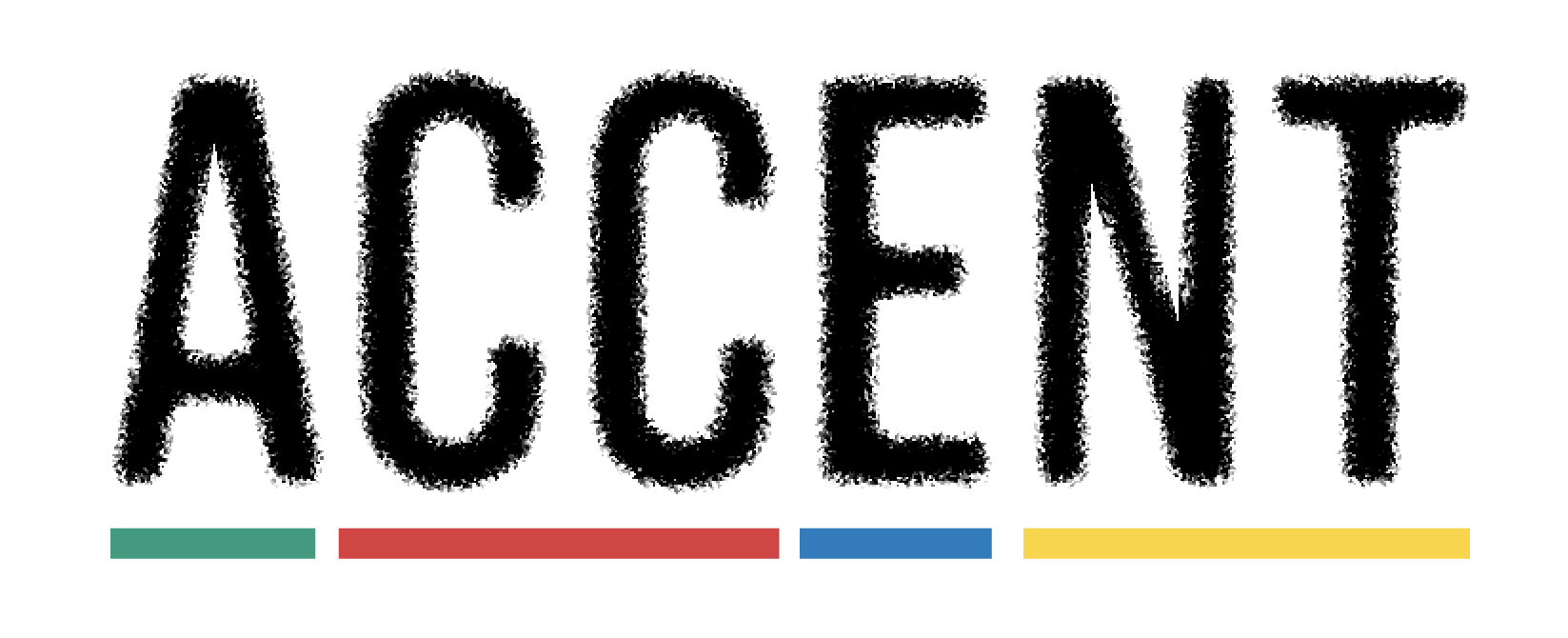Tag: music
-
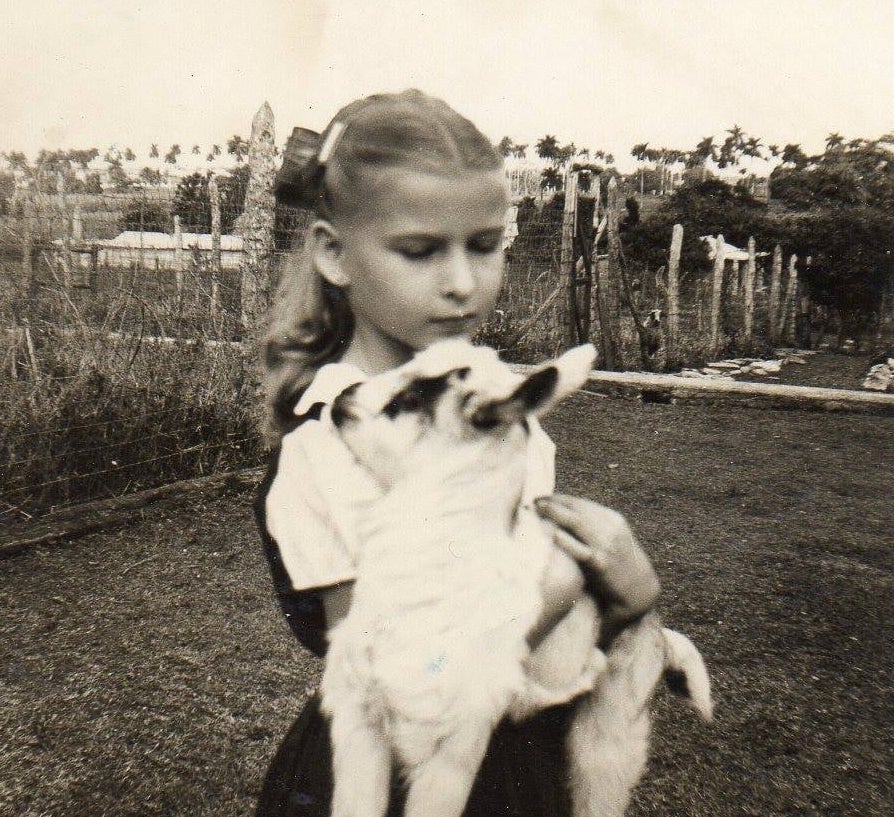
A Cuban Refugee Spreads the Joy of Music
Lillian Simmons was evacuated from Cuba as a child and went on to continue her artistic passion in the U.S. After the pandemic, her piano studio struggles with recovering but that doesn’t stop the music. Story by Daniel Sadjadi The sun has set on Frontier Trail. The root beer starts flowing, and pencils begin marking…
-
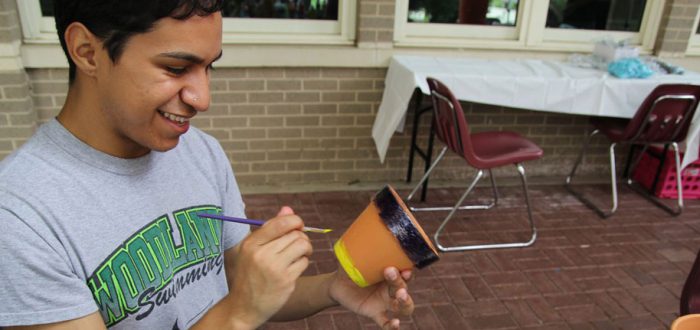
NxNRG
Written by Amye Bueno Photos by Wes Eng As part of Stress Less Finals Week, and a chance to show off students’ talent, Student Life specialist Josh Garcia, hosted the first annual North by Northridge(NxNRG) showcase. “NxNRG is a showcase of student artwork of all different mediums” says Garcia. Artwork included paintings, photography, digital art,…
-
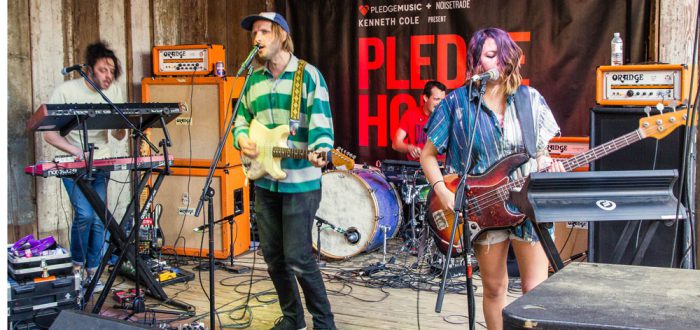
Q&A with Sego
Written and Photo by Nathaniel Torres Sego, a Utah born and LA transplant band, was featured on NPR’s “The Austin 100″ and played their second official SXSW showcase this year. The band was founded by members Spencer Peterson and Thomas Carroll and has since expanded to include Alyssa Davey (bass) and Brandon McBride (synth and…
-
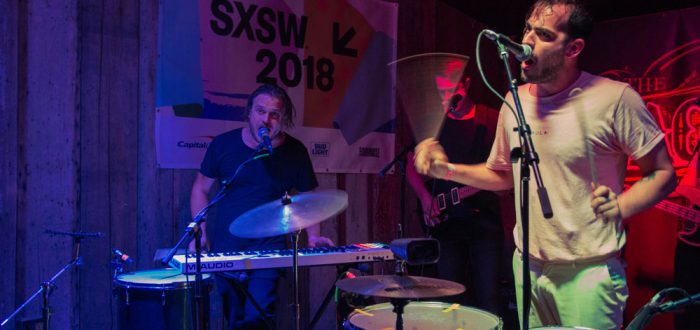
Q&A with Bad Pony
Written and photo by Nathaniel Torres Broadening the scope internationally I spoke with Bad Pony, a five-piece from Down Under. Bad Pony has now traveled to North America twice and is the recipients of Australian Music Week’s prize of 2017. The band is the result of Jarred and Sam’s need to break out of their…
-
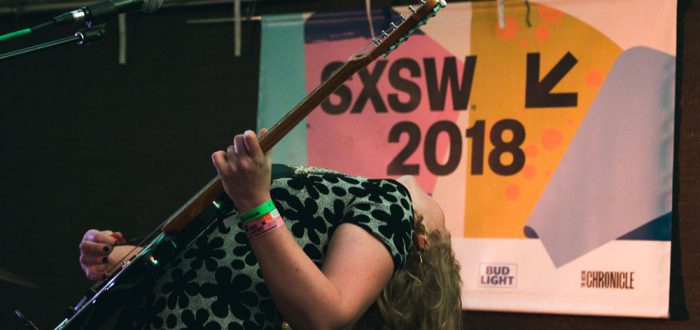
Q&A with Löwin
Written by Nathaniel Torres Photo by Sarah Vasquez I spoke with Sara Houser (vocals) of Löwin, an Austin band that debuted SXSW in 2014. The band regularly plays at establishments such as ABGB, Hotel Vegas and Barracuda. They feature a female vocalist who’s soothing croons accompany a unique blend of guitar melodies and hooks over a…
-
Check out our top 4 awesome local bands to look for in November
Story by Abra Gist • Online Editor Photo by Jon Shapley • Video Editor The Carper Family – Bluegrass/Country Formed back in 2010, The Carper Family is a trio of talented singers and string picking musicians that combine old country sounds with bluegrass and swing tunes. Melissa Carper [vocals, bass], Beth Chrisman [vocals, fiddle] and Jenn Miori [vocals,…
